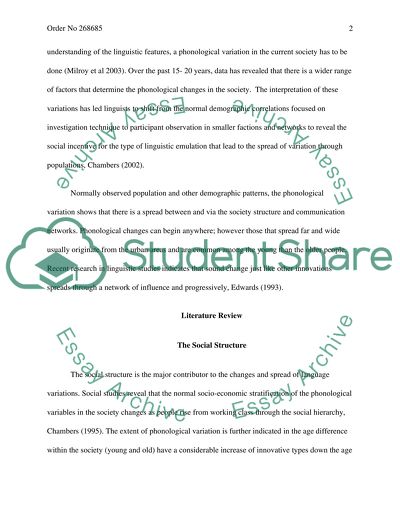Cite this document
(“Language Variation Essay Example | Topics and Well Written Essays - 3000 words”, n.d.)
Language Variation Essay Example | Topics and Well Written Essays - 3000 words. Retrieved from https://studentshare.org/sociology/1512576-language-variation
Language Variation Essay Example | Topics and Well Written Essays - 3000 words. Retrieved from https://studentshare.org/sociology/1512576-language-variation
(Language Variation Essay Example | Topics and Well Written Essays - 3000 Words)
Language Variation Essay Example | Topics and Well Written Essays - 3000 Words. https://studentshare.org/sociology/1512576-language-variation.
Language Variation Essay Example | Topics and Well Written Essays - 3000 Words. https://studentshare.org/sociology/1512576-language-variation.
“Language Variation Essay Example | Topics and Well Written Essays - 3000 Words”, n.d. https://studentshare.org/sociology/1512576-language-variation.


